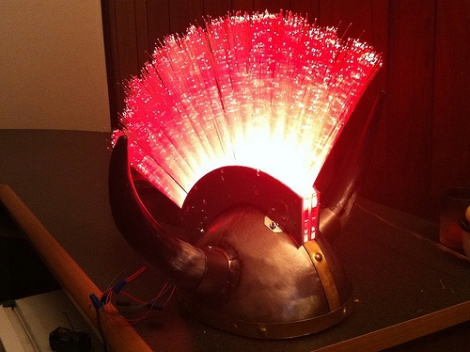
Random number generation is a frequent topic of discussion in projects that involve encryption and security. Intel has just announced a new feature coming to many of their processors that affect random number generation.
The random number generator, which they call Bull Mountain, marks a departure from Intel’s traditional method of generating random number seeds from analog hardware. Bull Mountain relies on all-digital hardware, pitting two inverters against each other and letting thermal noise tip the hand in one direction or the other. The system is monitored at several steps along the way, tuning the hardware to ensure that the random digits are not falling more frequently in one direction or the other. Pairs of 256-bit sequences are then run through a mathematical process to further offset the chance of predictability, before they are then used as a pseudorandom number seed. Why go though all of this? Transitioning to an all-digital process makes it easier and cheaper to reduce the size of microchips.
A new instruction has been added to access this hardware module: RdRand. If it works as promised, this should remove the need for elaborate external hardware as a random number source.
[via Reddit]

















